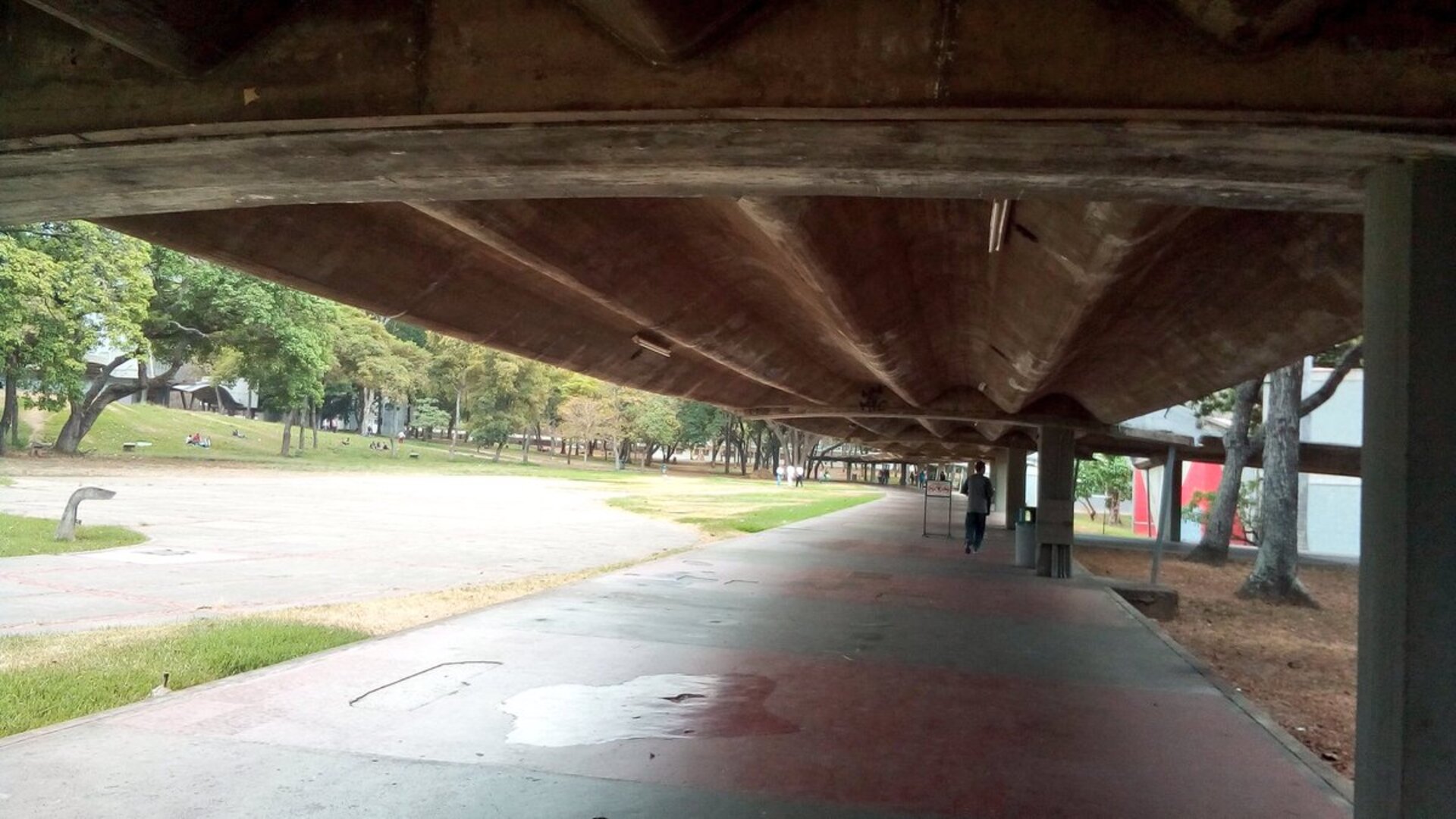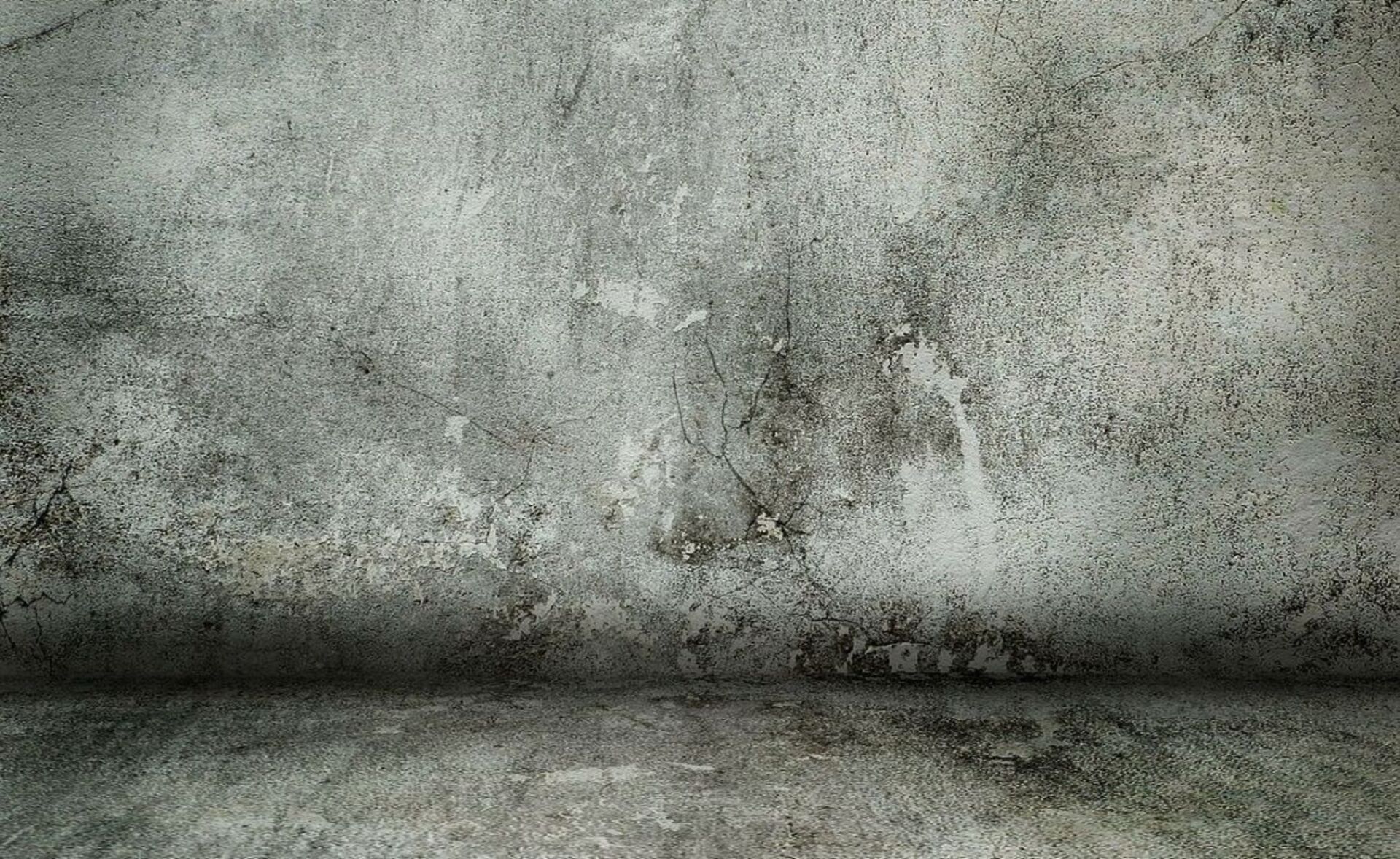The term “pathology” applied in architecture and construction to structures refers to the degradation processes affecting the materials of which they are composed. This degradation can occur at any time in the life cycle of these structures or of the buildings they support. These pathologies can be caused by natural factors or by interference from unforeseen external agents.
The deterioration that produces these pathological processes are called injuries and can be classified, according to their origin, as physical, mechanical and chemical. Let us see what they consist of:
–Physical injuries: these are caused by the action of environmental phenomena or physical agents such as water, frost, wind and temperature changes. Physical injuries can be superficial or deep, and include erosion, disaggregation and abrasion.
–Mechanical injuries are caused by the depletion of the material’s ability to withstand the actions for which it was designed. These injuries are evidenced by cracks, fissures and deformations. Their causes are overloads, vibrations, fatigue, differential settlements or deficiencies in the execution of the construction.
–Chemical injuries: these are caused by the effect of chemical elements such as salts or acids in contact with the materials that make up structures and buildings. These chemicals cause corrosion, carbonation and other forms of decomposition and deterioration that alter the chemical and/or physical structure of the material.
Early detection of pathological lesions in structures through periodic inspection, as well as the implementation of preventive and corrective measures, is crucial to guarantee their stability and prolong their useful life.
By Jean Carlos Soto, Senior Structural Engineer in Amusement Logic’s Architectural Dept.








